Which Of The Following Is Considered A Newly Emerging Disease?
Which of the following is considered a newly emerging disease?. The Plague is by definition a re-emerging infectious disease which affects the lungs and is highly contagious leading to mass outbreaks across populations. Emerging infectious disease. An emerging infectious disease EID is an infectious disease with an incidence rate that has increased in the past 20 years and could increase in the near future.
The emergence and rapid increase in cases of coronavirus disease 2019 COVID-19 a respiratory illness caused by a novel coronavirus pose complex challenges to the global public health research and medical communities write federal scientists from NIHs National Institute of Allergy and Infectious Diseases NIAID and from the Centers for Disease Control and Prevention CDC. A newly detected virus is a previously unrecognized virus that had been circulating in the species as endemic or epidemic infections. For example there can be a real emergence of a brand new disease such as the emergence of bovine spongiform encephalopathy in the 1980s or a geographic emergence in an area not previously affected such as the emergence of bluetongue in northern Europe in 2006.
A re-emerging virus is generally considered to be a previously appeared virus that is experiencing a resurgence for example measles. Re-emerging infectious diseases diseases that have spread to new places or which previous treatments no longer control such as methicillin-resistant Staphylococcus aureus. Other examples of new or newly detected infectious diseases of global concern include a new form of cholera a haemolytic uraemic syndrome hepatitis C and hepatitis E Legionnaires disease and Lyme disease.
Emerging diseases include HIV infections SARS Lyme disease Escherichia coli O157H7 E. Another example of an emerging infectious disease is the new variant of Creutzfeldt-Jakob disease which was first described in 1996. The agent is considered to be the same as that causing bovine spongiform encephalitis a disease which emerged in the 1980s and affected thousands of cattle in the UK and Europe.
Defining an emerging disease is not straightforward as there are several different types of disease emergence. It was officially declared a public health emergency on 1 February 2016 following a WHO mission to Brazil where the disease began to spread. Drug-resistant tuberculosis Ebola Influenza Measles QUESTION 26 Which of the following infectious diseases is considered a re-emerging disease.
Reemerging diseases are diseases that reappear after they have been on a significant decline. Although optimists once imagined that serious infectious disease threats would by now be conquered newly emerging eg severe acute respiratory syndrome SARS reemerging eg West Nile virus and even deliberately disseminated infectious diseases eg anthrax bioterrorism continue to appear throughout the world. QUESTION 25 Which of the following infectious diseases is considered a newly emerging disease.
Tuberculosis for example used to kill roughly one out of every seven people who got it. Zika was the final disease identified by the WHO.
4 The magnitude of the problem isillustrated by the appearance of several new pathogens causing disease of markedseverity such as the human immunodeficiency virus HIV and other.
Emerging infectious disease. Another example of an emerging infectious disease is the new variant of Creutzfeldt-Jakob disease which was first described in 1996. Emerging infectious disease. An emerging infectious disease EID is an infectious disease with an incidence rate that has increased in the past 20 years and could increase in the near future. Zika was the final disease identified by the WHO. Newly emerging infectious diseases diseases that were not previously described in humans such as HIVAIDS. The agent is considered to be the same as that causing bovine spongiform encephalitis a disease which emerged in the 1980s and affected thousands of cattle in the UK and Europe. Emerging diseases are those whose incidence in humans has increased in thepast two decades and re-emergence is the reappearance of a known disease aftera significant decline in incidence. QUESTION 25 Which of the following infectious diseases is considered a newly emerging disease.
The agent is considered to be the same as that causing bovine spongiform encephalitis a disease which emerged in the 1980s and affected thousands of cattle in the UK and Europe. Although it is not always possible to know if these diseases are new in humans or whether they have been present but unrecognized throughout the years many emerging diseases are thought to. Another example of an emerging infectious disease is the new variant of Creutzfeldt-Jakob disease which was first described in 1996. An emerging infectious disease EID is an infectious disease with an incidence rate that has increased in the past 20 years and could increase in the near future. Drug-resistant tuberculosis Ebola Influenza Measles QUESTION 26 Which of the following infectious diseases is considered a re-emerging disease. QUESTION 25 Which of the following infectious diseases is considered a newly emerging disease. For example there can be a real emergence of a brand new disease such as the emergence of bovine spongiform encephalopathy in the 1980s or a geographic emergence in an area not previously affected such as the emergence of bluetongue in northern Europe in 2006.


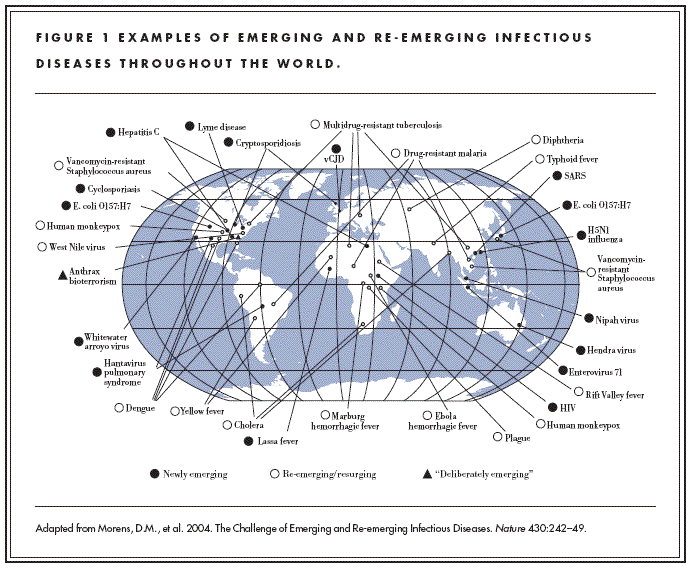

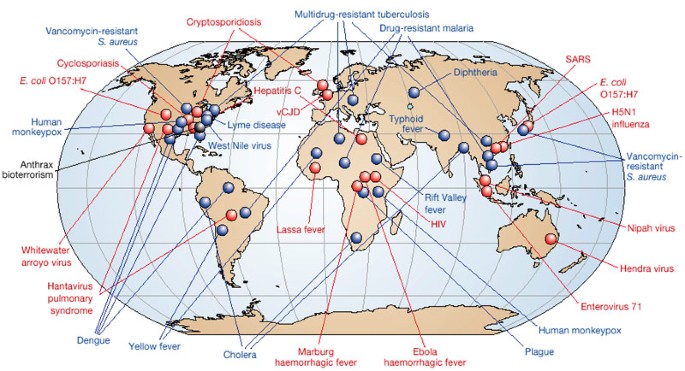

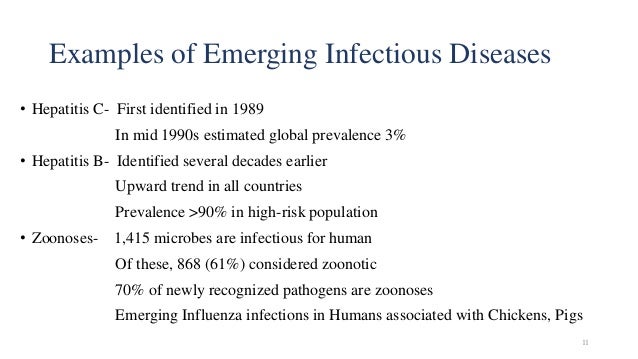

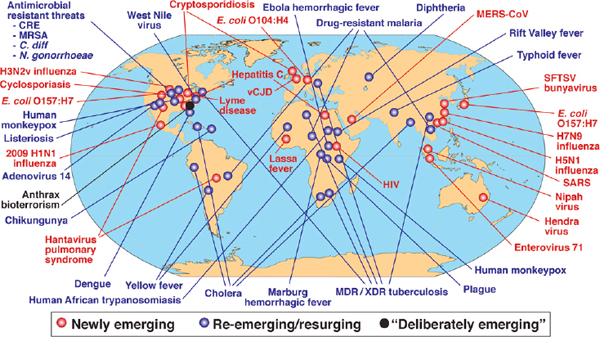
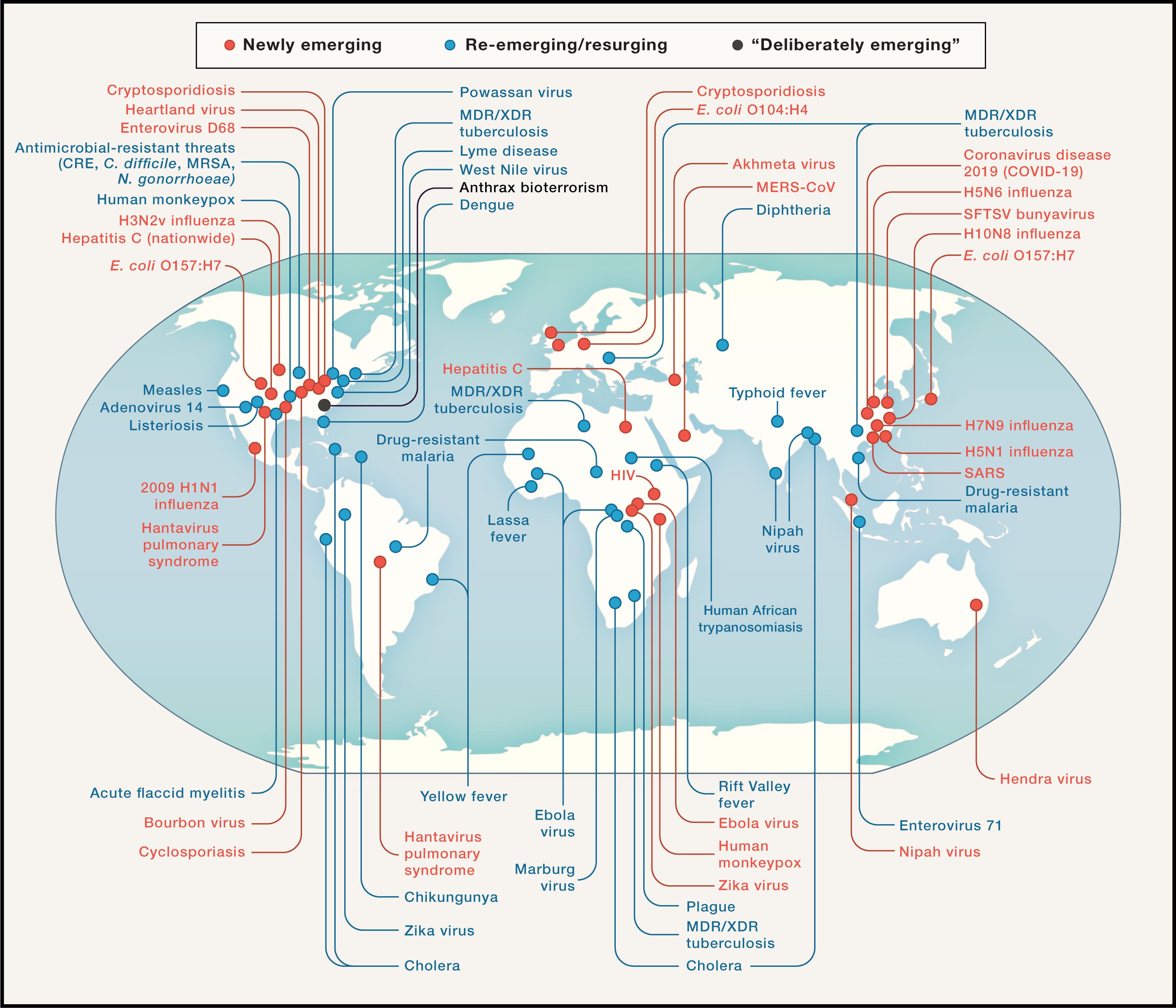

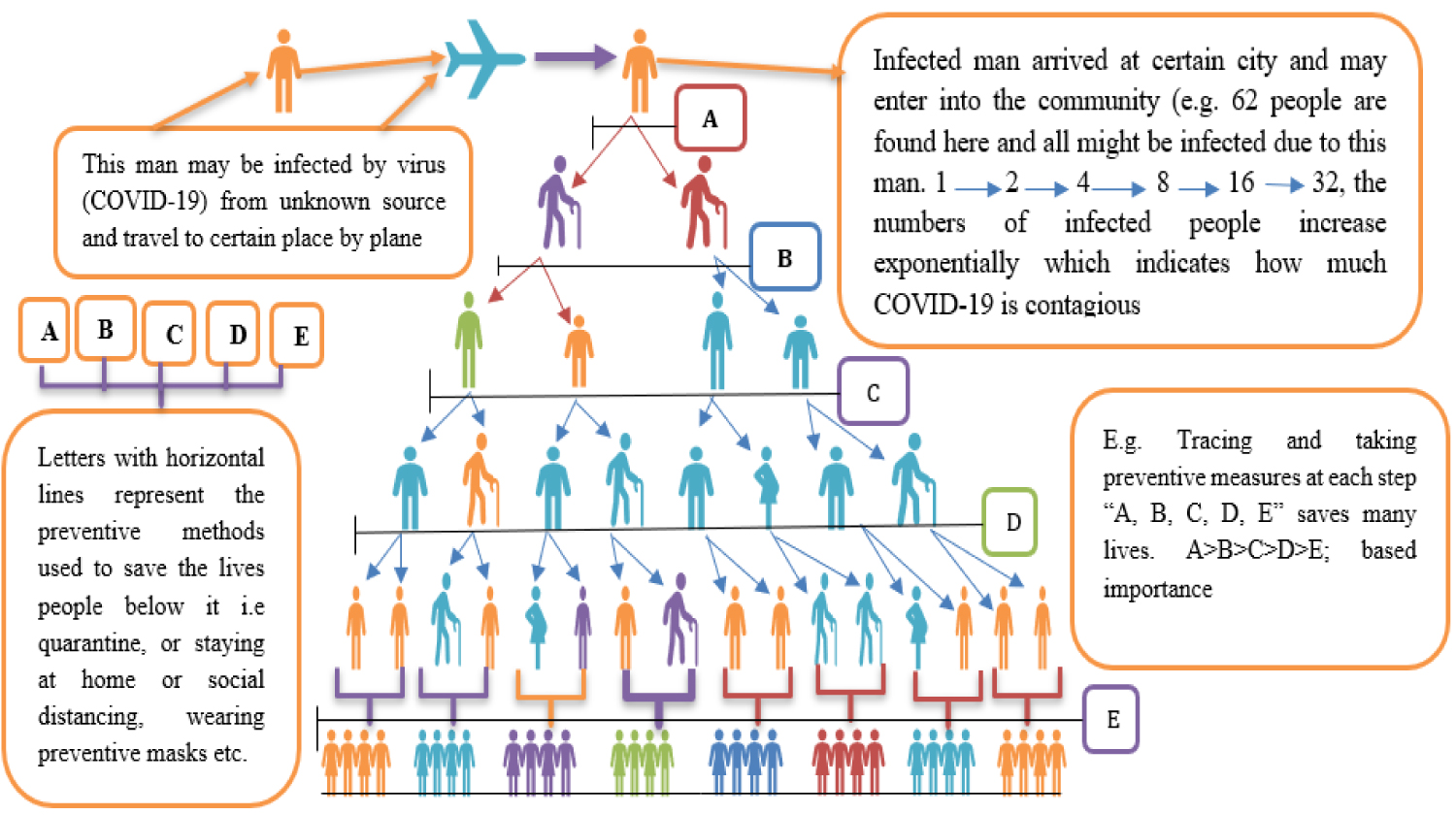






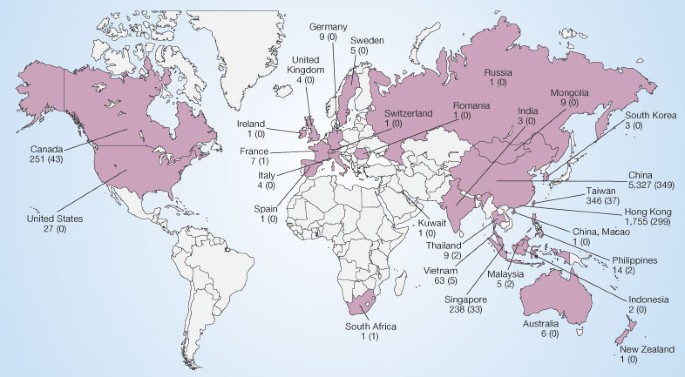

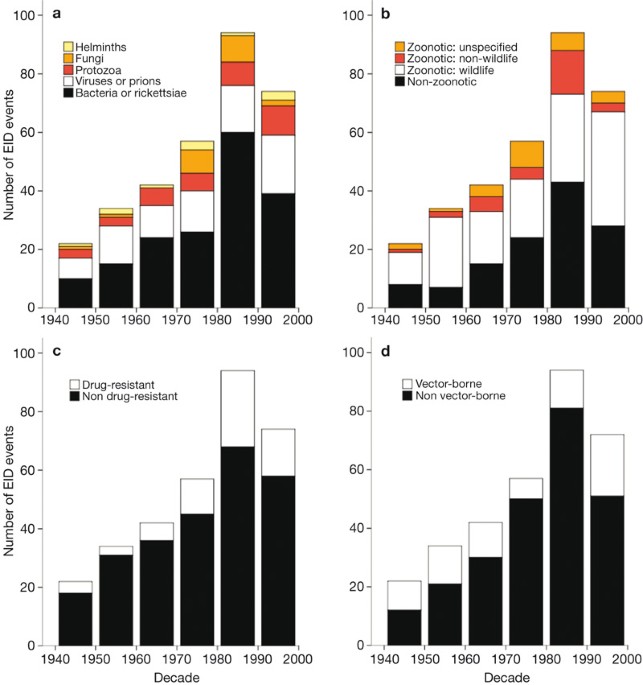


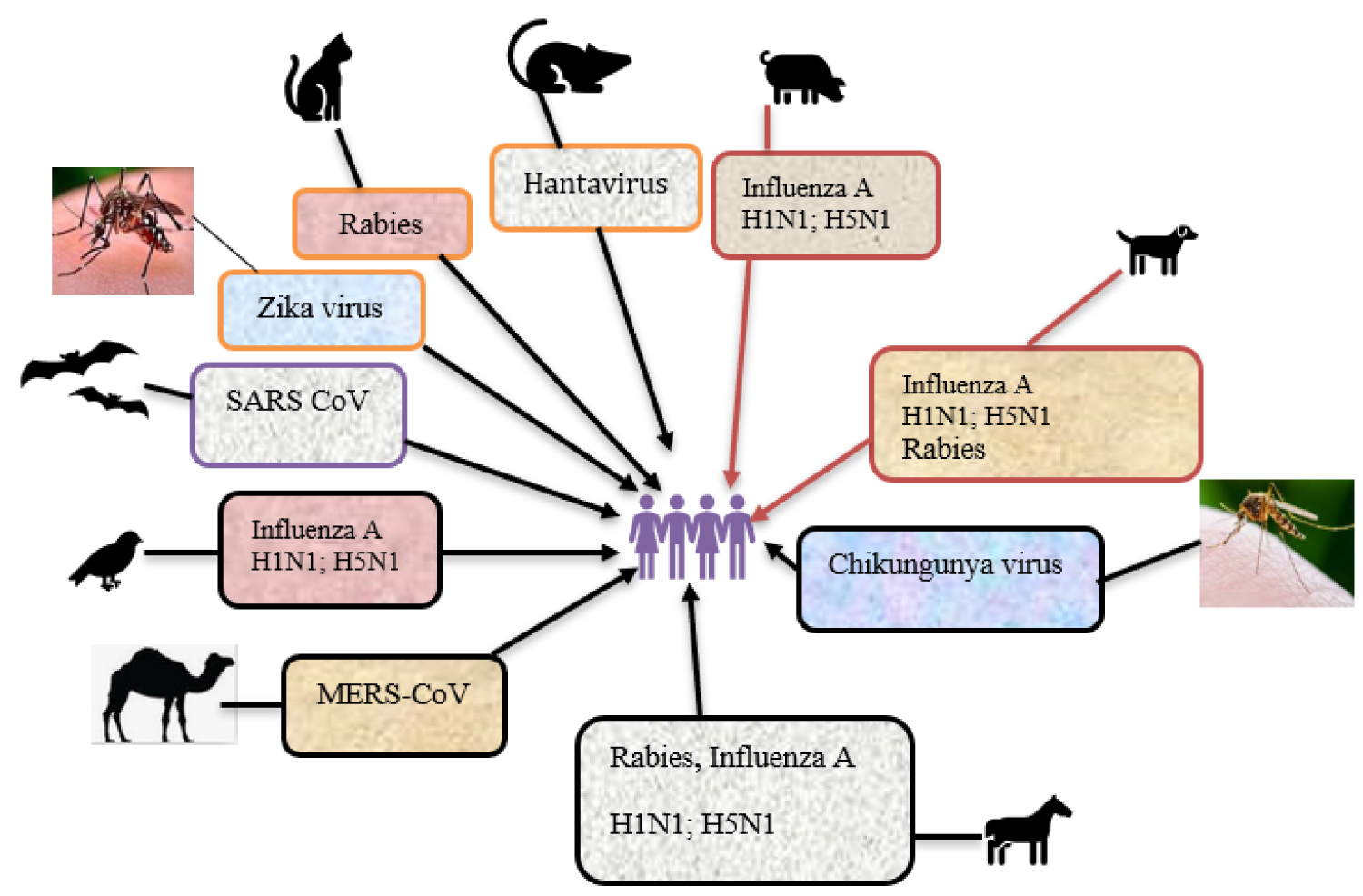
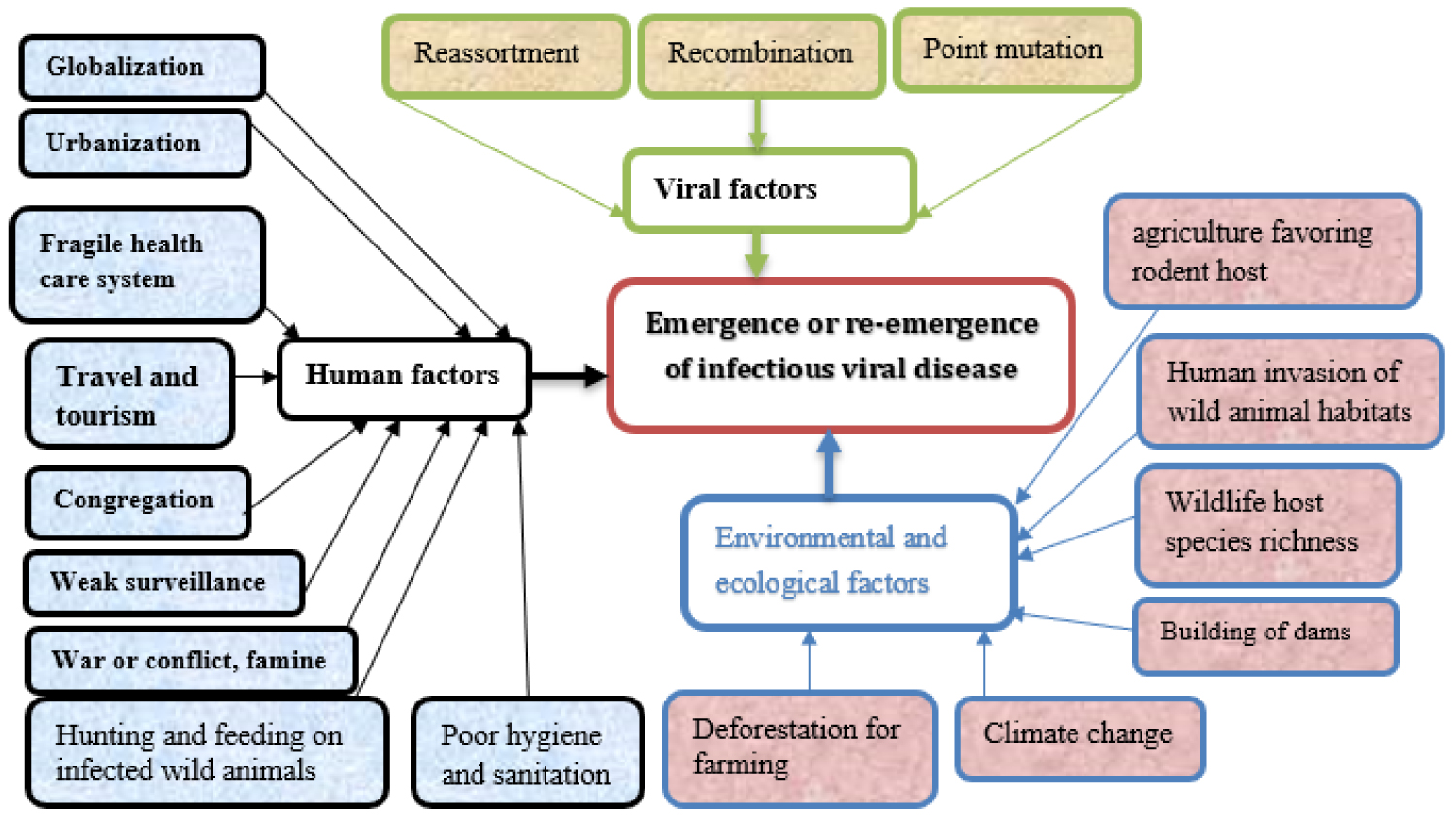


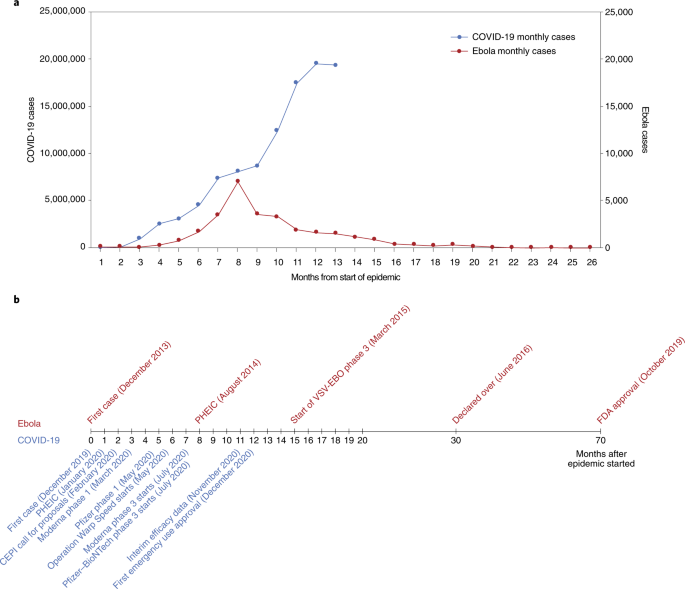
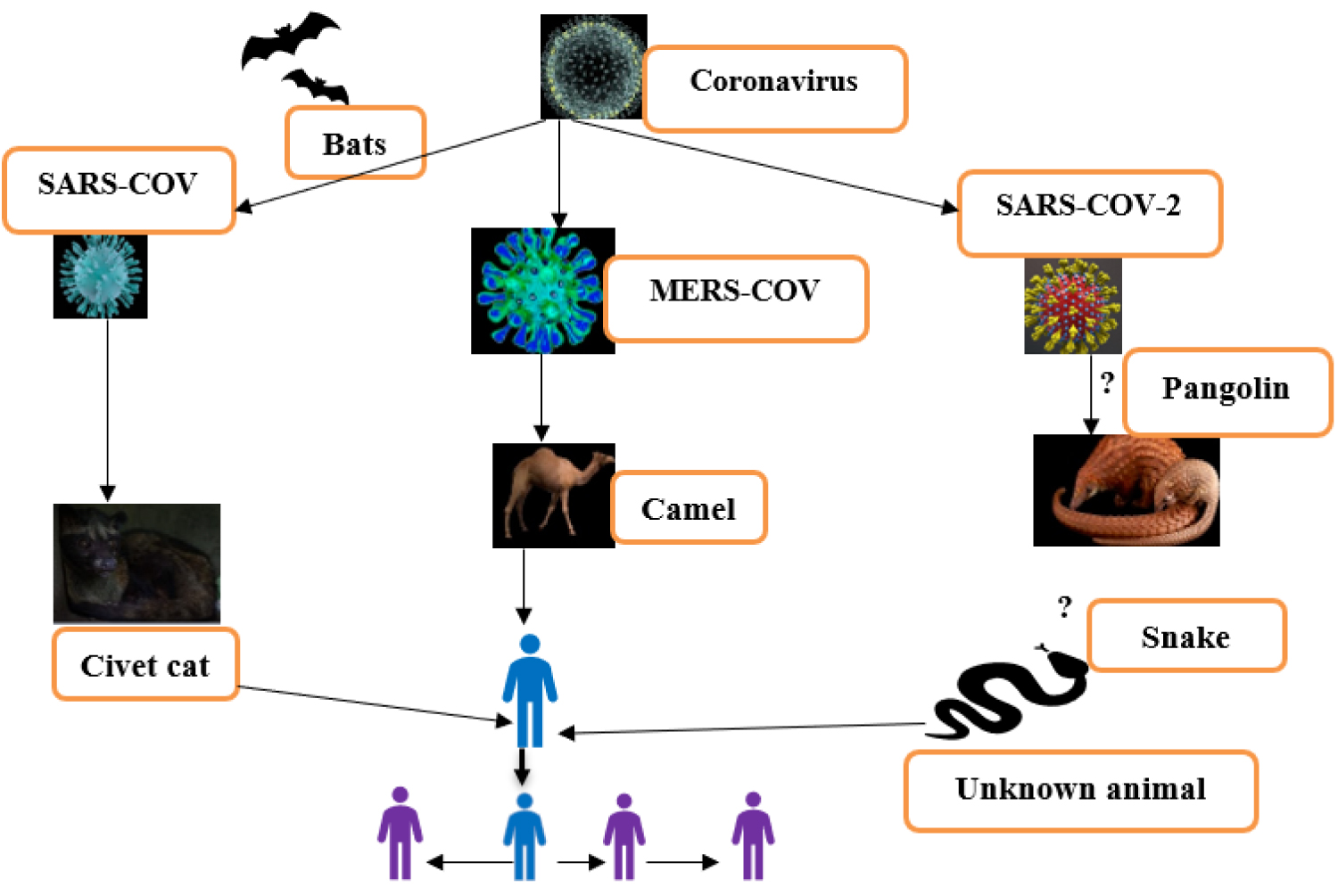

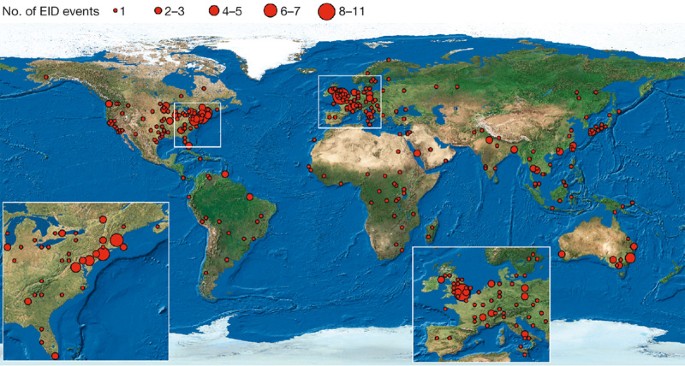
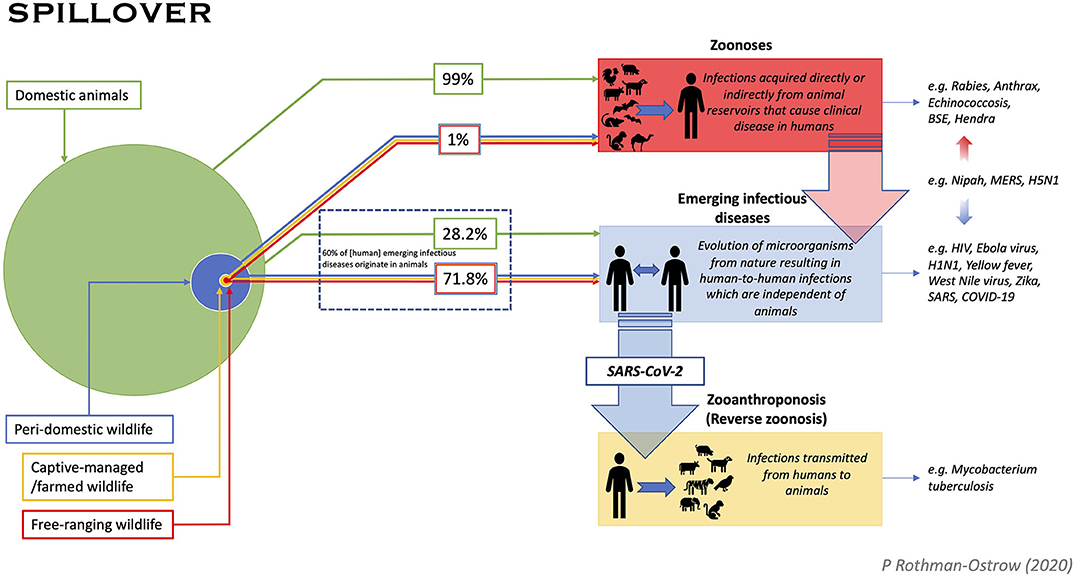
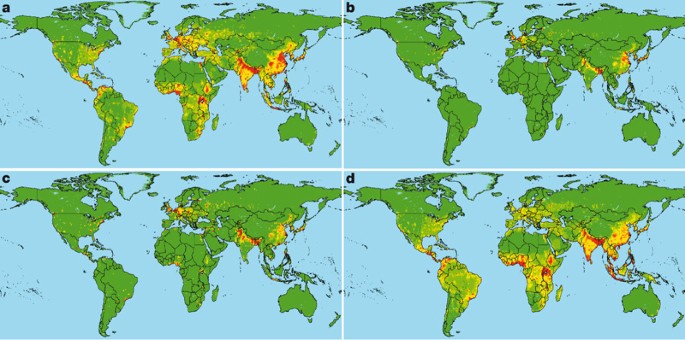



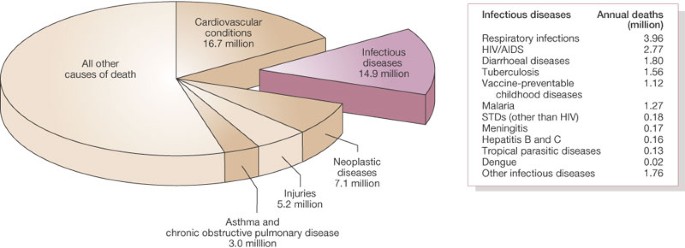
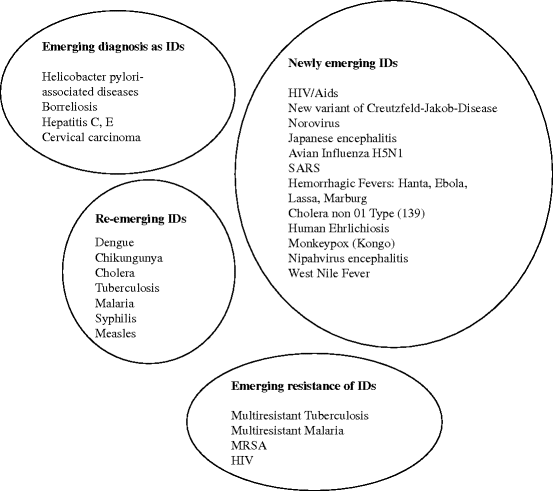
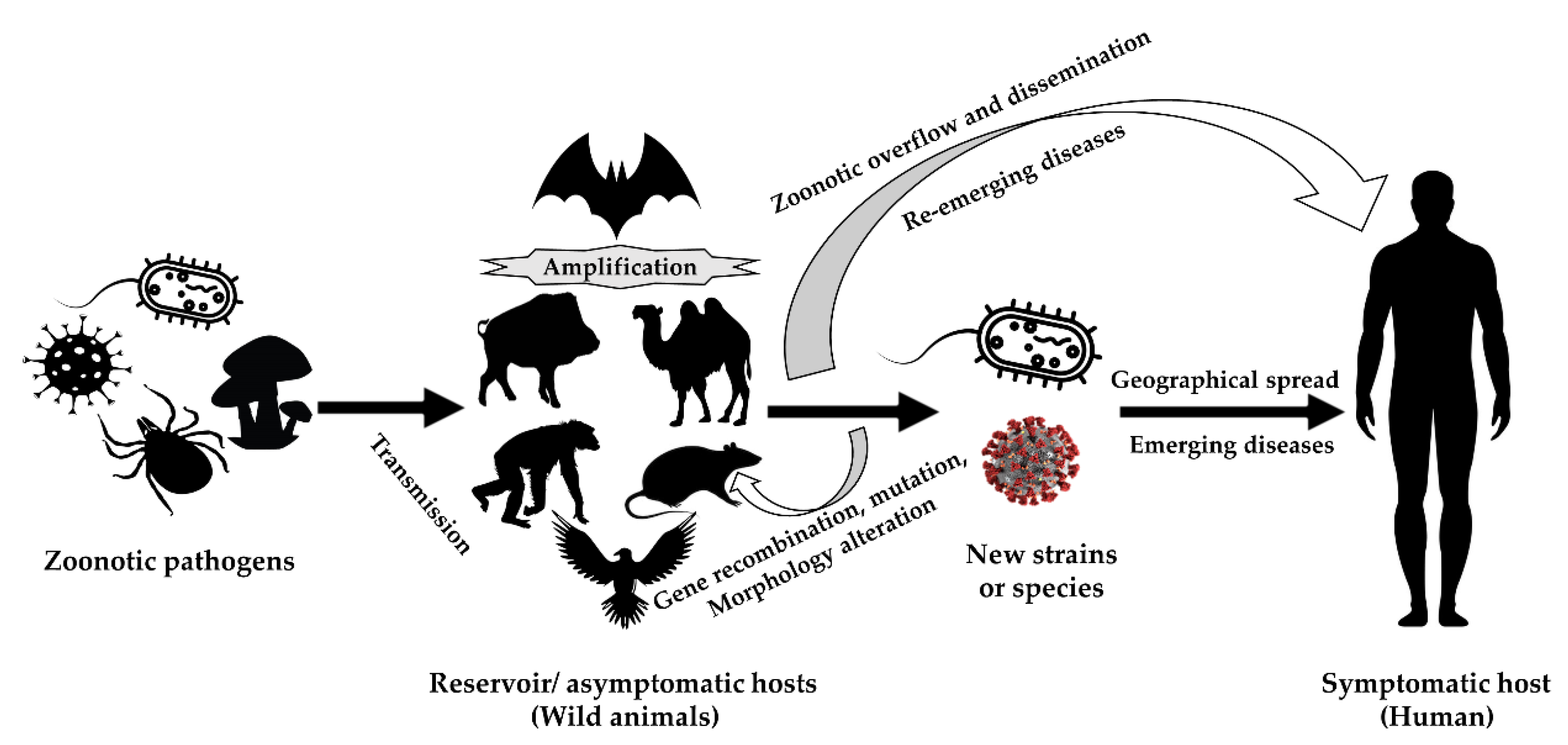
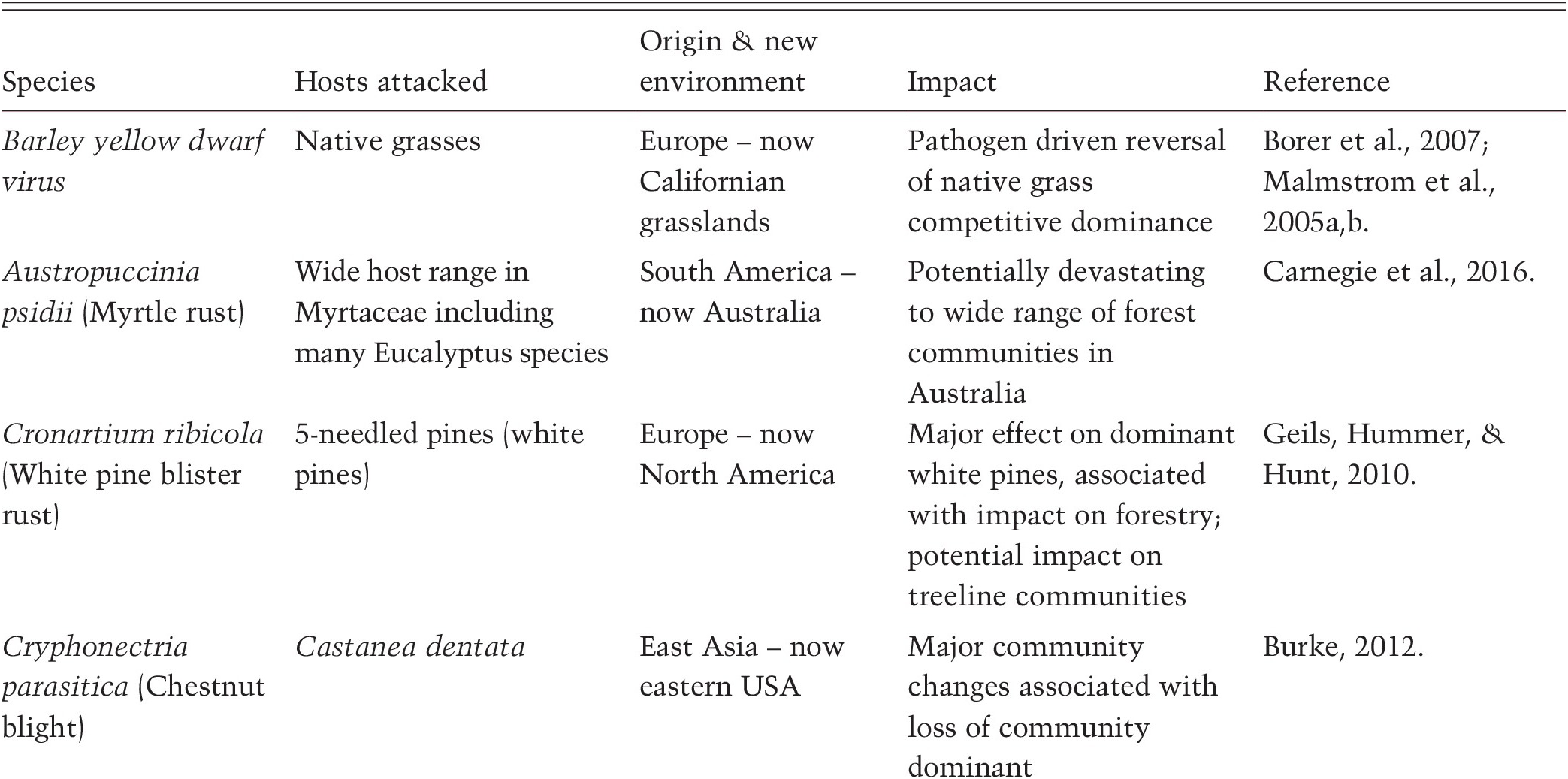


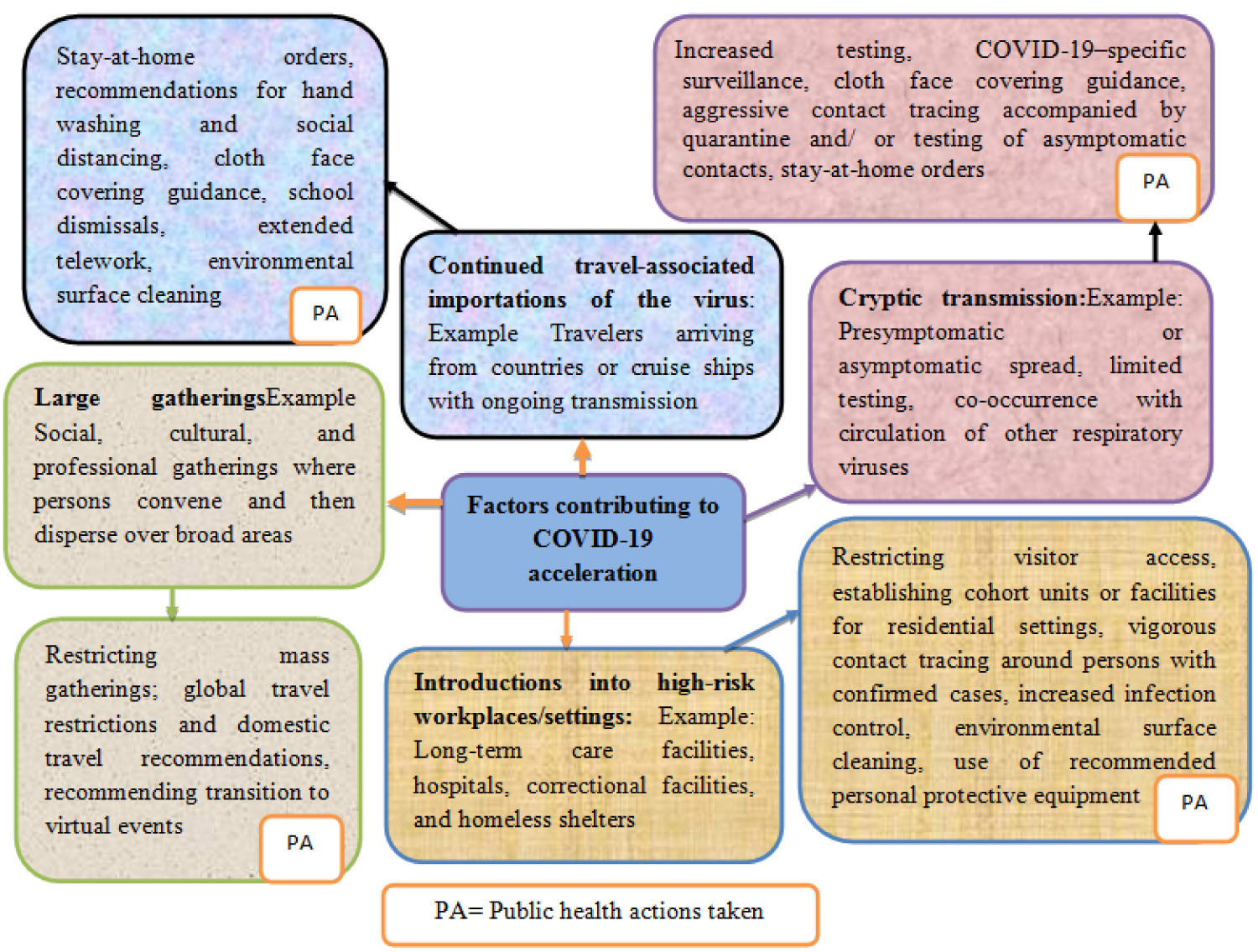


Post a Comment for "Which Of The Following Is Considered A Newly Emerging Disease?"